Kate Wickers picks out her top 10 things to do in Le Langhe as she heads for adventure in this beautiful part of Italy…
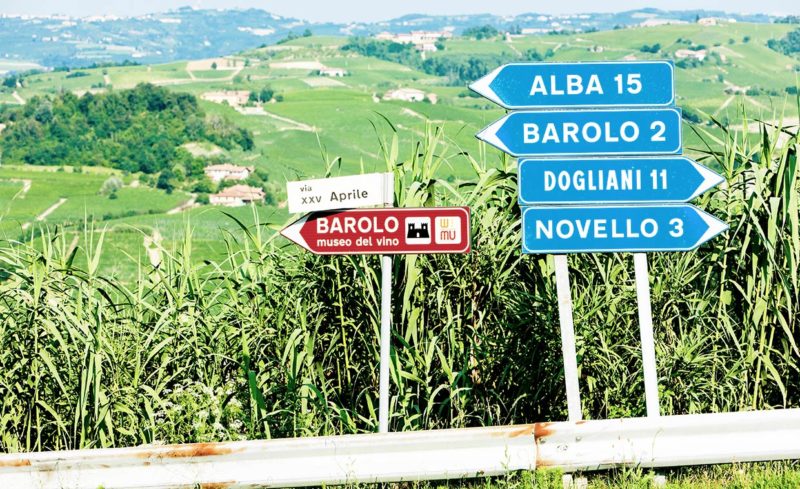
Featured photo © Richard Semik/Adobe Stock
Words by Kate Wickers
In Italy there’s a saying, andare per Langa (heading for Le Langhe), which is used for when you’re off on an adventure.
It evokes the long winding roads of the Langhe region of Piedmont, which is UNESCO-listed for its natural beauty.
Compared with other Italian comely, green, rural, hilltop-town-speckled landscapes (Tuscany inevitably springs to mind), Le Langhe remains pretty much off the tourist map, still more popular with the Milanese than with foreign visitors – and most who do come are here for the wine and food.
Undoubtedly, Barolo wine and the coveted black and white truffles will play a big part in your stay, but burning off these indulgences can be equally pleasurable amid this idyllic, rolling, vine-strung countryside.
Strike out for a walk from a medieval town; wind up cobbled lanes to visit a castle in the sky; or spend a morning truffle hunting with a Lagotto Romagnolo pup.
Just like the wine and cuisine of this fairytale region, every moment of exploration should be oh-so slowly savoured.
The top 10 best things to do in Le Langhe
1. Ride on a Vespa
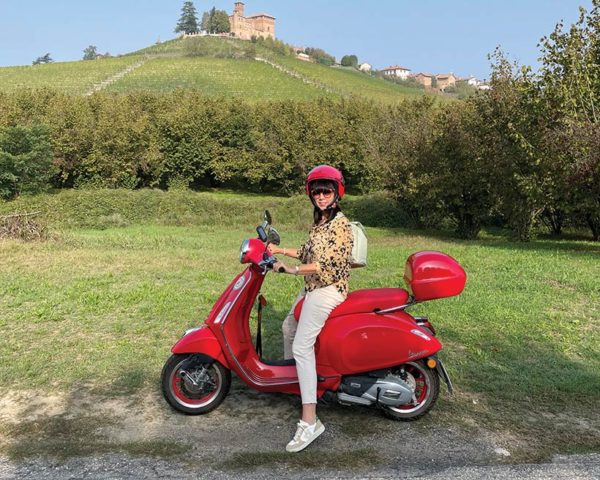
“When you ride a Vespa, you feel alive. You can smell the earth and feel the sun and it is molto divertente (great fun).
“But remember to take it gently. This isn’t Napoli!”, enthuses and warns Roberta Ferrero, who has a fleet of these iconic scooters (and Fiat 500s) for tourists to hire.
If ever there was a life-affirming experience to make you feel like a teenager again, hopping on a Vespa to explore Le Langhe’s country roads is one.
Etched by vineyards, these winding paths are blissfully tranquil, with just the occasional farm vehicle to navigate past.
Kalitumba Travel will deliver a bike and helmet right to the door of your hotel, provide a navigation system set with six routes to choose from, and provide a booklet that lists restaurants, places of cultural interest and winery recommendations for you to stop off at.
2. Stroll to a castle in the sky
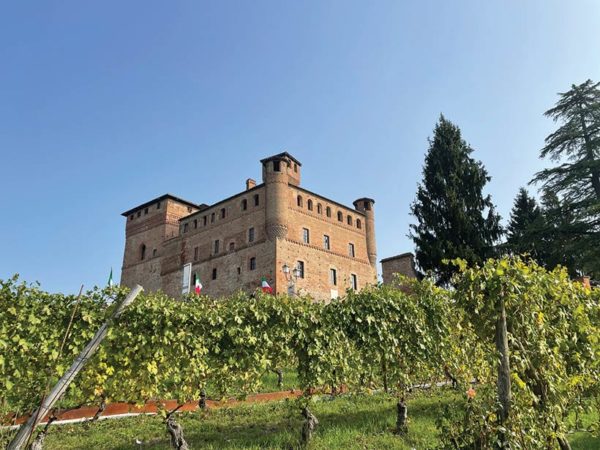
The hilltop towns of Le Langhe are never over-run with tourists, so you’ll often have the twisting, cobbled streets to yourself.
At Serralunga d’Alba these lead to a soaring castle from the Middle Ages with views over terracotta-tiled rooftops, and mile upon mile of vine-strung countryside, where, through the famous Langhe mists, I count three more towns, each topped with grand baronial pads – the bricks and mortar evidence of the once fierce competition between these fiefdoms.
Don’t miss 18th-century Guarene Castle (now a Relais & Châteaux hotel) with its fancy false windows (with nothing but fresh air behind), which give an illusion of grandeur and height; or the castles of Verduno and Falletto, and other grand houses, such as Novello’s neo- Gothic manor.
3. Go truffle hunting
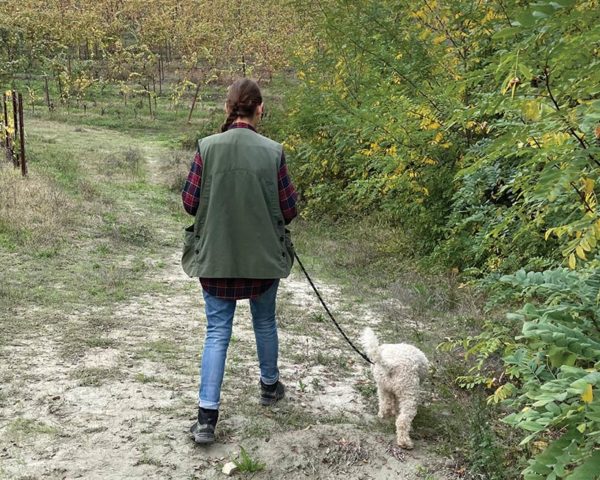
Striking out with a trifalau (truffle hunter) is a wonderful way to learn about the Langhe countryside and its time-honoured traditions.
Marta Menegaldo and her Lagotto Romagnolo dog, Luna, of Bianco Tartufi, lead tours in woods of wild hazelnut, hornbeam, and chestnut – and Luna is quick on the hunt, soon sniffing out the fruit (or spore) of this much-prized subterranean fungus.
Although the ideal time for truffle hunting in Le Langhe is from October through to December, different varieties are found throughout the year.
4. Hike from Monforte d’Alba
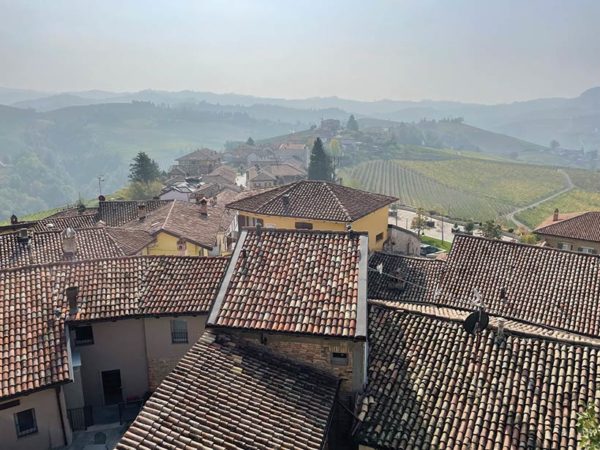
Many walking trails spread out from the attractive town of Monforte d’Alba, where the views are to snow-capped Monviso, the highest mountain of the Cottian Alps.
Pick up a ‘Hills to Experience’ booklet at any tourist information bureau and choose your path, many of which pass through vineyards, hazelnut groves, and small settlements such as Sinio and Roddino.
Here, green hills run down to Dogliani, which is divided in two, with Borgo flanking the Rea stream on the valley floor, and medieval Castello, the old town, located 300 metres above.
Visit on a Tuesday and the town comes alive with farmers selling local produce, including Murazzano, a rich-tasting cheese made from sheep’s milk, and this area’s Dolcetto wine.
Although its name translates as ‘little sweet one’, don’t be fooled because the chocolate-like sweetness masks a tingling tart undertone with lots of dark fruit flavour.
5. Discover the wines of Barolo and Barbaresco
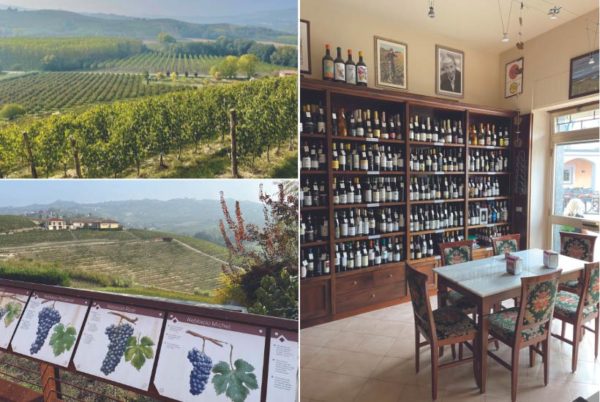
The Langhe landscape is awash with the rippling vineyards of the Barolo and Barbaresco winemakers, who are celebrated around the world for their Nebbiolo grapes, which have notes of violet, cherries and prune.
In the town of Barolo, the WiMu (wine museum) is housed in the 10th-century Castello Falletti, the former home of the Falletti family, who took up residency here in the 19th century and were the first producers of Barolo, considered by many to be the ‘king of wines’.
Here, you can have a wine-making history lesson, relax in the cinema room that shows clips of wine-related films, gaze at art installations inspired by wine, and enjoy a tasting at a wine tourist’s temple.
At the town of Grinzane Cavour, follow the passeggiata ‘le vigne di Cavour’, which cuts through vineyards at the base of the 16th-century Castello, with information boards en route that tell of the region’s grape varieties.
Of the many wineries, the wine cellar at Fontanafredda, founded by united Italy’s first king, Vittorio Emanuele II, is one of the most interesting, dating back to 1858.
For a guided tour and tasting, book in advance.
But what about white wines?
This region is world-renowned for its Barolo and Barbaresco reds, but when it comes to the Piedmont’s white wines, many people struggle to name more than one.
Gavi is a common sight on the wine shelves of high street and supermarket stores. But Arneis is much less acclaimed.
The Arneis grape variety has been grown in Piedmont for many hundreds of years, mainly in the Roero hills northwest of Alba, but also on the hillsides surrounding the villages of the Langhe.
It’s a tricky variety to grow: it can lack acidity, it’s very fussy when it comes to soil types, it becomes over-ripe easily, and it’s prone to a crop-depleting mildew.
No surprise then that Arneis translates from Piedmontese dialect as ‘little rascal’.
A good Arneis will have a bountiful aroma of peaches, pears, almonds and apricots, so do look out for it.
6. Explore Alba, the truffle capital of the world
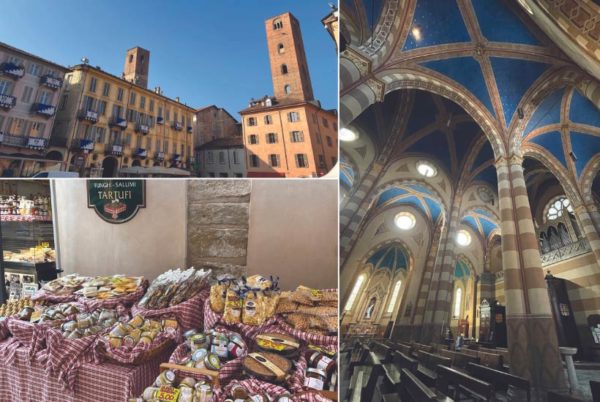
The main thoroughfare, Vittorio Emanuele, is full of shops selling all things truffle from the actual gnarly spores (in season), to truffle-infused oil, cheese and pasta.
Alba lays claim to the rare tuber magnatum pico (the Piedmontese white truffle), and during the peak of truffle season, from October to December, the Fiera del Tartufo attracts thousands of visitors, who flock here for the cooking shows, classes, tastings and the White Truffle Fair.
A little more sedate is the lovely Earth Market that runs alongside it, selling artisanal products from small producers and farmers – acacia honey, roasted hazelnuts, polenta cakes and rosehip jam.
For a moment of reflection pop into Alba’s pink-brick cathedral with its candy-cane striped, terracotta and white pillars and blue star-speckled vaulted ceilings, dedicated to (no surprises here) San Lorenzo, the patron saint of chefs.
7. Embrace slow food
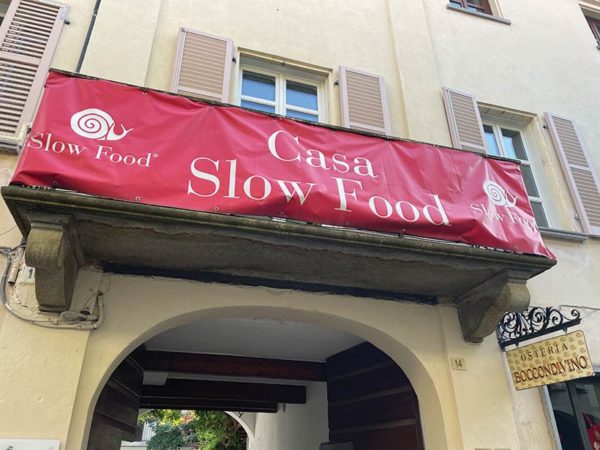
It was in the town of Bra (famous for its herby veal sausage) that the Slow Food Movement began as a reaction to the opening of Italy’s first McDonald’s in 1986.
Slow food (look for the snail icon on menus) is all about promoting traditional, seasonal, sustainable and local food, which is why chestnuts and hazelnuts feature so prominently in recipes.
In fact, 90 per cent of the world’s hazelnuts are grown in this region, which is also home to Ferrero Rocher.
Try silky strands of tajarin ‘40 egg yolk’ pasta with sage and Bra sausage at Osteria del Boccondivino, and round off lunch off with torta di nocciole, a buttery sweet hazelnut cake, served with zabaglione cream.
8. Eat Le Langhe’s many Michelin-starred cuisine
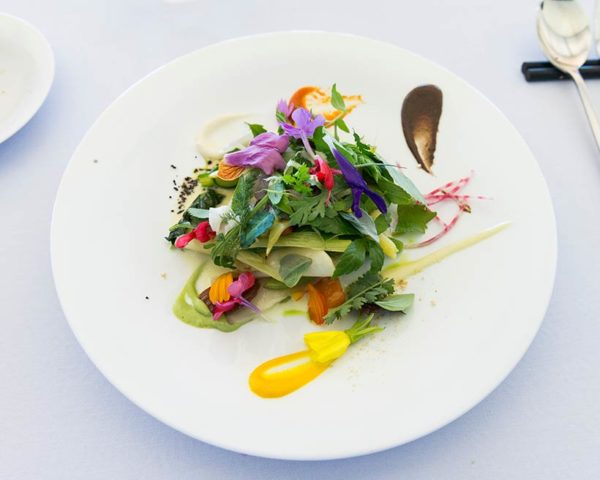
Piedmont has the second highest concentration of Michelin stars in Italy (Lombardy just pips it at the post), with the town of Alba boasting the most.
Book well in advance to sit in Enrico Crippa’s pink frescoed dining room at Piazza del Duomo, famous for its ‘21’, ‘31’ and ‘51’ ingredient salads that showcase seasonal snapshots of Piedmont.
Downstairs, sister restaurant La Piola is more relaxed and budget-friendly, while the focus remains on sourcing season-appropriate ingredients for homemade pastas and creamy risottos (try the pumpkin with chestnuts).
Or sit amid rolling vineyards to dine at La Ciau del Tornavento, in the hilltop town Treiso, situated in the heart of Le Lange, with its well-priced tasting menu, which can be paired with local wines.
9. Visit the Cappella del Barolo
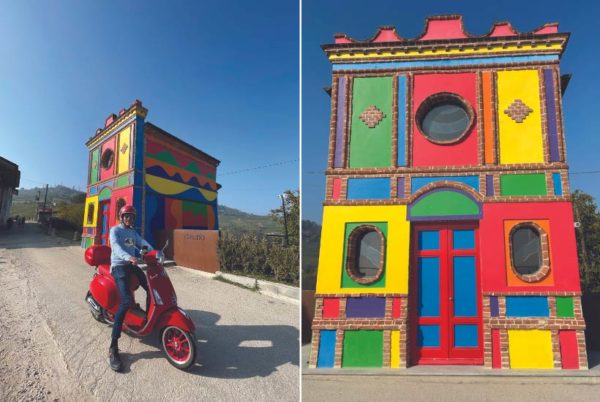
One of the most unexpected sights amid the vineyards of this amazing region, is the Cappella del Barolo, a never consecrated 100-year-old chapel built on land owned by the winemaking Ceretti family.
In the late 1990s, Bruno Ceretti invited the American artist Sol LeWitt to jazz up the exterior, which he did in eye-popping primary colours shaped into wavy patterns to mimic the surrounding hills.
The equally uplifting interior was designed by the British artist David Tremlett, who used earthy tones, bone-white and green-grey marble, and glass from Murano.
The artists’ services were paid for with a good supply of wine (specifically, a case of the best Barolo every year for the rest of their lives).
Avoid weekends as the rural road to get here can be very busy.
10. Try a time-honoured trattoria
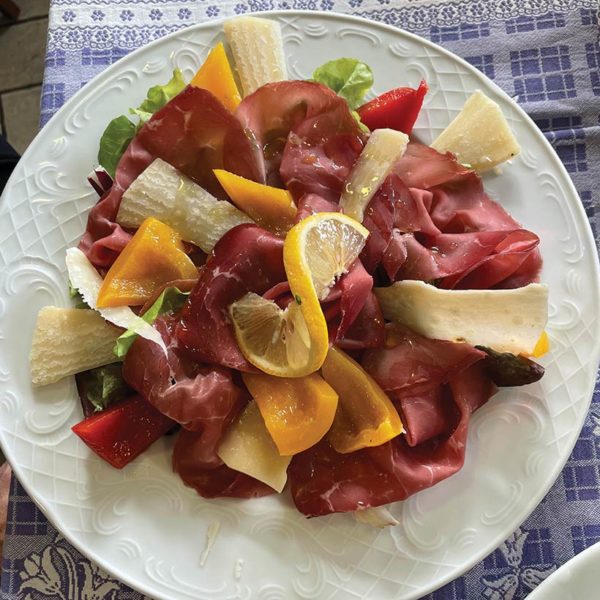
Do go out in the evening and eat with locals and other tourists at a family-run restaurant like Trattoria della Posta, which is close to town of Monforte d’Alba.
This particular restaurant was established as a rest house and stables for passing travellers in 1875 by Sabino Massolino, who was the current owner’s great-grandfather.
Although it may have come a long way in terms of fancy silverware and expert sommeliers, in the kitchen chef Gianfranco and his team remain true to cooking the classic Langhe recipes his great grandpa served up.
Try the buttery gnocchi with sage, followed by calf cheek braised in – what else? – Barolo.
Where to stay in Le Langhe
CASA DI LANGA | Località Talloria, 1 – Cerreto Langhe
A five-star hotel of grand design that mirrors Piedmont’s traditional architecture. It has a gourmet restaurant, an infinity pool, a spa, and it nestles in 42 hectares of forest.
CÀ SAN PONZIO | Via Rittane, 7 – Frazione Vergne
A charming farmhouse with rooms out in the countryside close to Barolo. It has a pool, lovely gardens, and the breakfasts are lavish.
VINCAFE | Via Vittorio Emanuele, 12 – Alba
Nice rooms and suites above a lively café and lounge bar in the heart of Alba.
Travelling to Le Langhe from the UK
Turin Airport is a 90-minute drive away and direct flights are aplenty from many UK Airports, including British Airways (Gatwick), EasyJet (from Bristol, Gatwick, Luton, and Manchester), and Jet2 (Edinburgh and Birmingham).
Alternatively, fly direct to Genoa or Milan Malpensa airports, both a two-hour drive away.
Explore more of this region in our Piedmont archives
